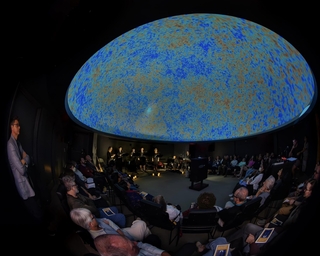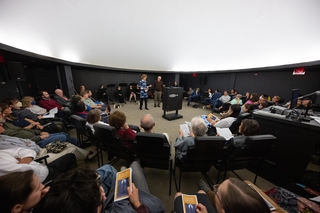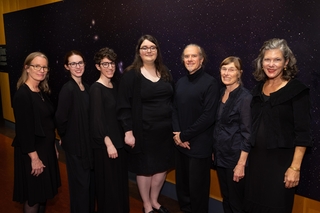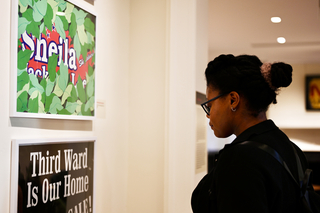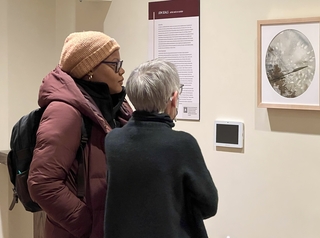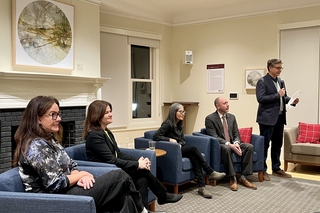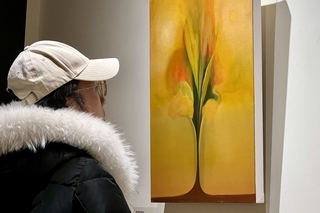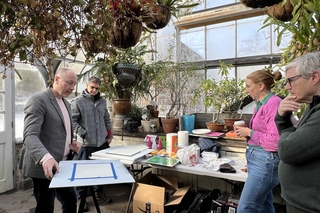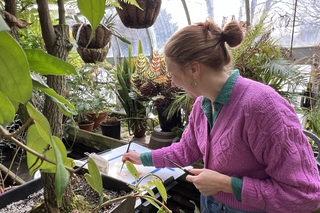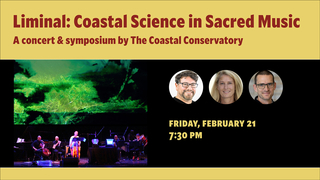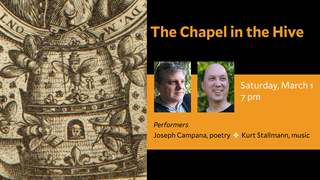In addition, the REEC Initiative supported several other exchanges by way of monthly interest group lunch conversations. Such conversations often supplemented REEC events, and gave students, faculty, and other community members an opportunity to engage with these distinguished artists, practitioners and scholars, as well as to workshop and discuss ideas amongst themselves. These lunch events included conversations with artists Jon Seals and Karen Azarnia, the writer Sumana Roy, as well as workshop presentations led by ISM and YDS students, Sophia Špralja and Chris Freimuth, amongst others. The initiative also partnered with the student organizers of the Graduate Conference on Religion and Ecology (GCRE), Oliver Creech and Lily Rockefeller, to host a panel discussion with Kurt Stallmann, Willis Jenkins and Karen McGlathery as part of the GCRE.
In conclusion, it has been a fascinating and enriching year of events, dialogue, scholarship, and exchange. Deep gratitude goes to all students, faculty (particularly Professors Teresa Berger, K. Sivaramakrishnan, Sally Promey, Mary Evelyn Tucker, John Grimm, and Ryan Darr) and staff (particularly Katya Vetrov, Caitlin McGreggor, Eric Donnelly, Craig Kirkland, Amanda Patrick, Sachin Ramabhadran, and Anesu Nyamupingidza) and other community members whose invaluable contributions have nurtured the Initiative and helped to make it a success.
Full details of events, proposals and application deadlines for the upcoming academic year can be found on the REEC page on the ISM website.
To stay up to date with upcoming REEC events and opportunities, subscribe to our newsletter here (go to the ISM section and select the REEC subscription list).
